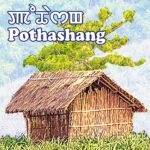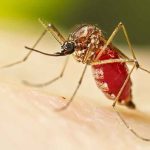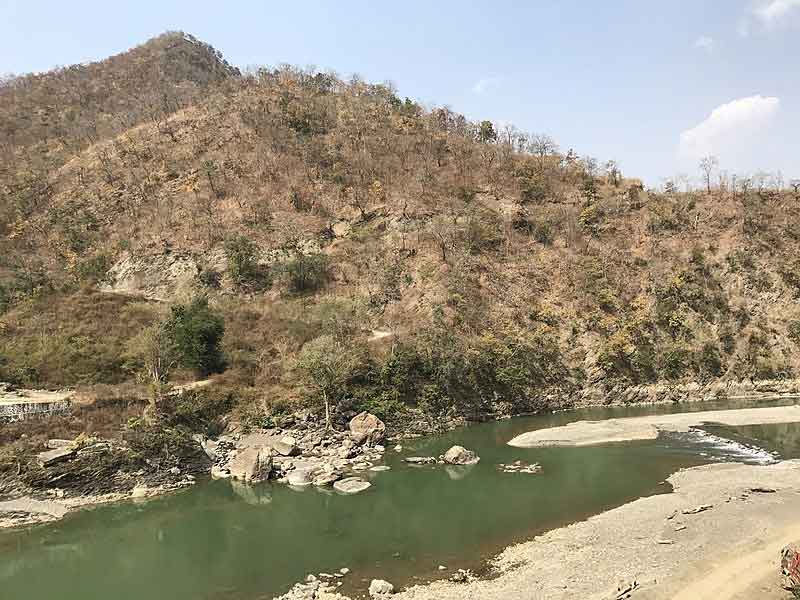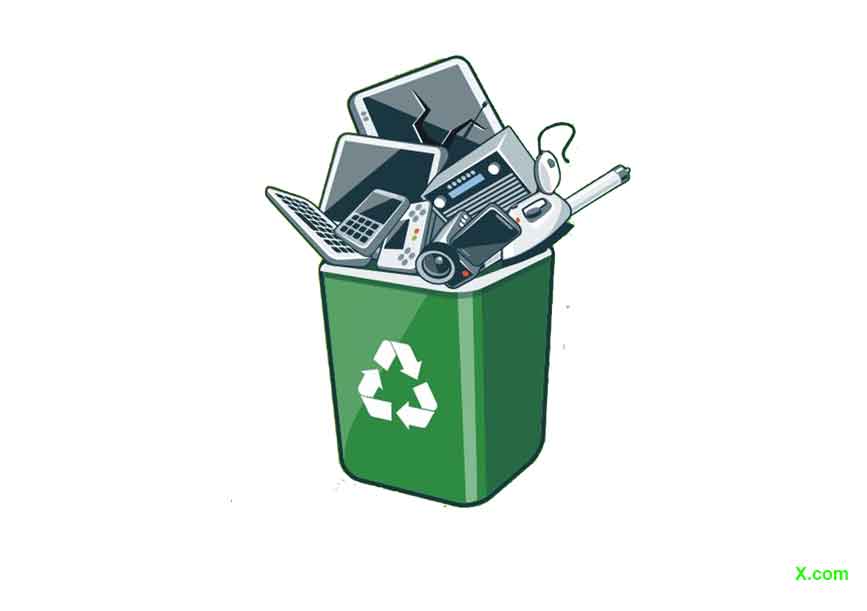
International Day of Action for Rivers is observed on March 14 every year since 1997. This day is for the life of people, animal, theriver and the water it-self. The day aims to draw attention to the threats facedby the rivers, such as pollution, encroachment, damming, economic, climate change andcultural and recreational values. Rivers create lives and enrich ecosystem with freshwater for drinking and irrigation. Rivers are key to restoring and maintaining the Earth’s highest biological diversity but also the zone of intense human activities.
The river system of Manipur may be divided into, Imphal River valley covering 28.4%, Barrak valley for 40.5% and Eastern catchment drain to Chindwin covering for 31.1%. As per land use data, total river system in the state covers 6332 sq.km. which is 28% but the water bodies of the state stretch only 1.65% of the geographical area. The main water source of our rain-fed state is, the rivers. But our rivers are very alarming because of the dried up springs and water holes. Rampant deforestation, shifting cultivation and large scale poppy plantation are some of the counted causes.
Seasonal inundation of floodplains and wetlands supports groundwater recharge which depend on healthy river flows. But the water table of the state have been lowered from 2-4 m and 4-5 m respectively for valley and hills which is also alarming. Ithai barrage has become a symbols of destruction to the natural ecosystem of the state.
Nowadays, freshwater ecosystems are the most degraded on the earth’s surface because of excessive construction, encroachment and dumping of industrial sewage into rivers. Globally, more than two million tons of sewage and industrial and agricultural waste are discharged into the rivers every day which is equivalent to the total weight of the entire 7.2 billionhuman population.So to save rivers is for the humanity and planet. The river pollution are impacting the communities that depend on rivers for their survival.
Rivers are not just some scenic views of the water, they are the lifeline of the world. The theme for this year is, “Water for All”, which demands that the rivers be declared the national asset. It also includes the legal right to stop the rivers from getting into dumping sites of waste and plastics. Whether we are tackling water rights, clean water access, fighting against dams, water grabs and water privatization, we know water is life and is meant for all.
Rivers are the centre for life and they connect the land and oceans for a continuouswater cycle.All ancient civilizations grew up nearthe rivers as thelands next to riversare very fertile for growing crops. Rivers are value for sporting, fishing, bathing, spiritual, religious and recreational purposes. Rivers produce 15% of global power generation.
One threat to rivers is the rising water temperature due to climate change. River temperature not only regulates the physical, chemical and biological processes in the aquatic lives but also impacts the ecosystems, human health and other uses of water. The extensive use of rivers over many centuries has also taken the toll on riversfrom various environmental factors.
In India rivers are venerated, but pollution is a major issue. The Union Jal Shakti Ministry,is dedicated to the restoration and maintenance of wetlands and river basins. The National Green Tribunal, has already requested the Union Jal Shakti ministry to devise a strategy for cleaning up the country’s contaminated river segments.
Rivers are also a part of our communities.A river is much more than the flowing water but it’s bed and banks, the groundwater below, its surrounding forests, marshes and floodplain are all parts of the river life.Every river is unique in terms of its flow, landscapes, the species it supports and on its associated ecosystems. Rivers have no political boundaries; they connect nations with different languages, culture and religions as a loving mother. Thus rivers are part of global peace and integrity. Rivers are also the most beautiful objects seen from the outer space.
A river’s flow is its heartbeat. Naturally high and low water levels create habitat conditions essential for reproduction and growth for many species. Flood pulses move sediment that form an integral part of our environment and they are vital for people and wildlife.
Healthy rivers are the lifelines of our planet. Rivers and their watersheds – and the rich variety of life they sustain – provide people with water, food, medicines, building materials, land-replenishing silts and more. They mitigate floods and droughts, support forests, sustain fisheries and provide byways for travel. Protecting our rivers is therefore the health insurancefor all.
The rivers are also the living entities. Now Rivers in every country face an array of threats.With only our active involvement will ensure their health in the years ahead. We all win when rivers are allowed to flow freely.Therefore, oncoming of International Day of Action for Rivers, let’s ensure that everyone is aware of the importance of river and save our rivers.
N. Munal Meitei
Environmentalist, email- nmunall@yahoo.in













